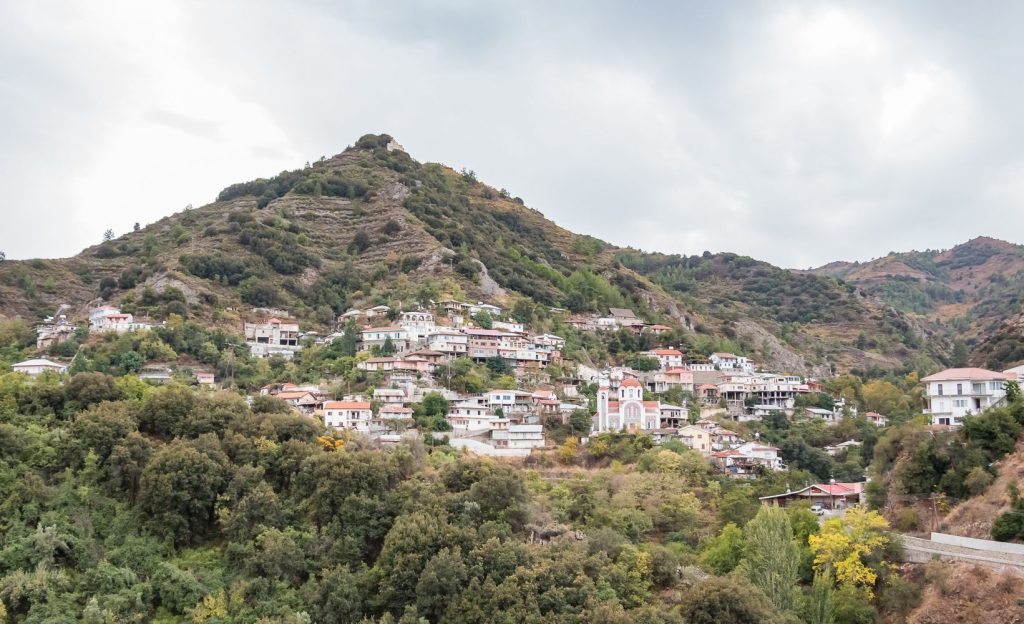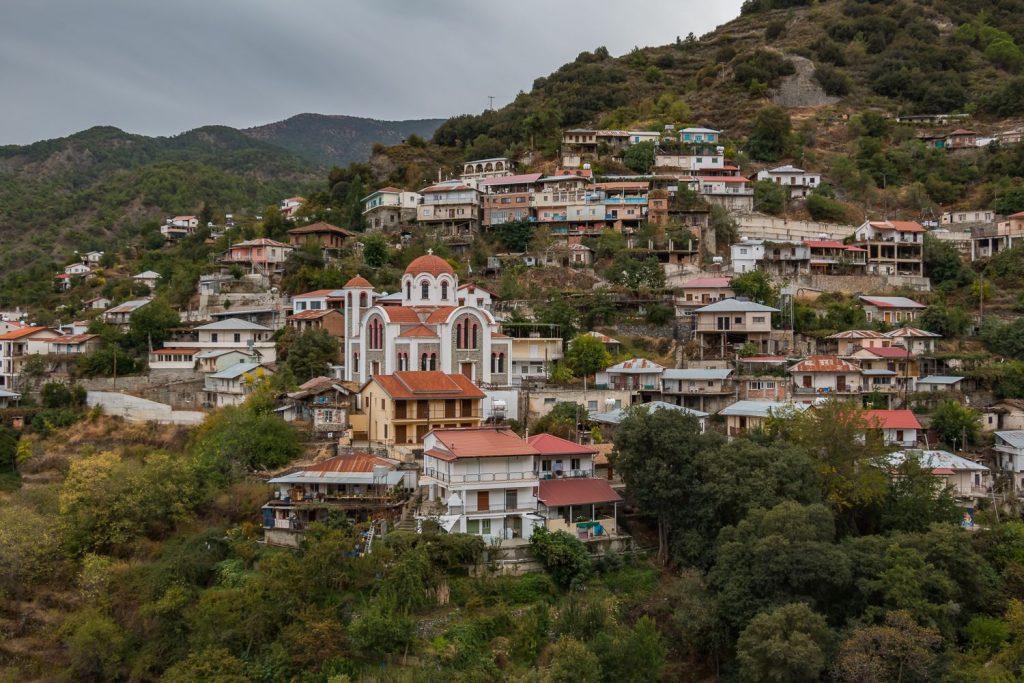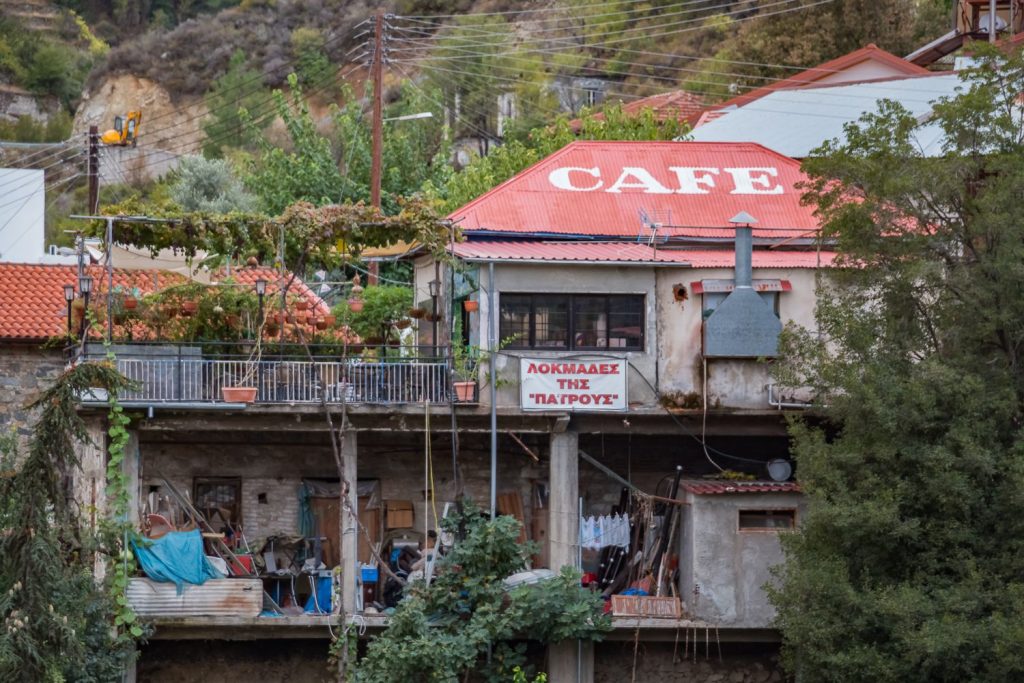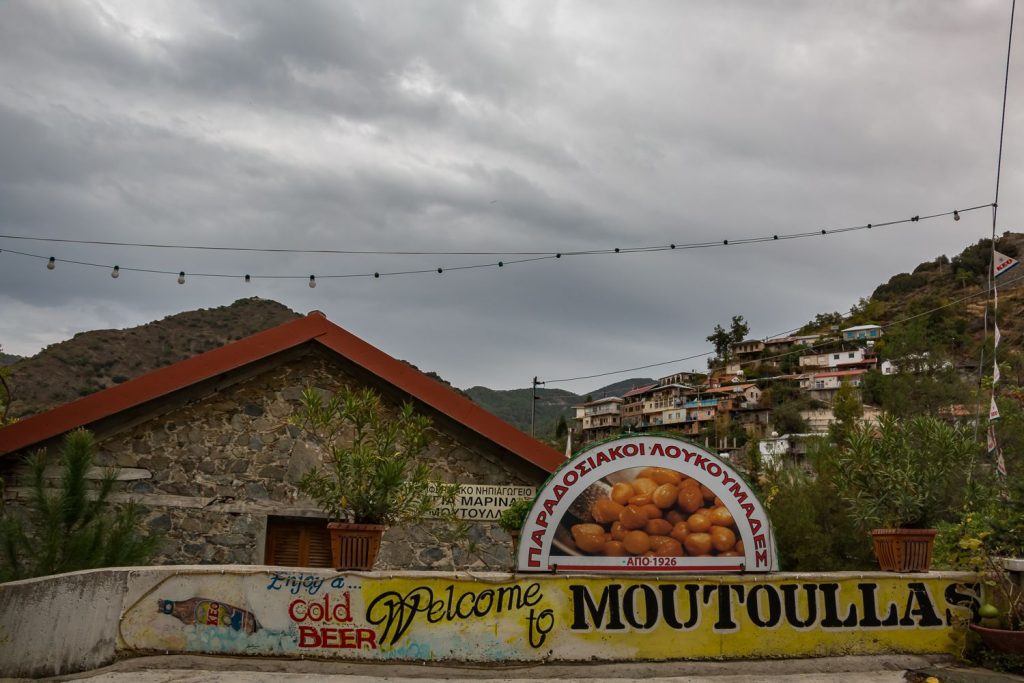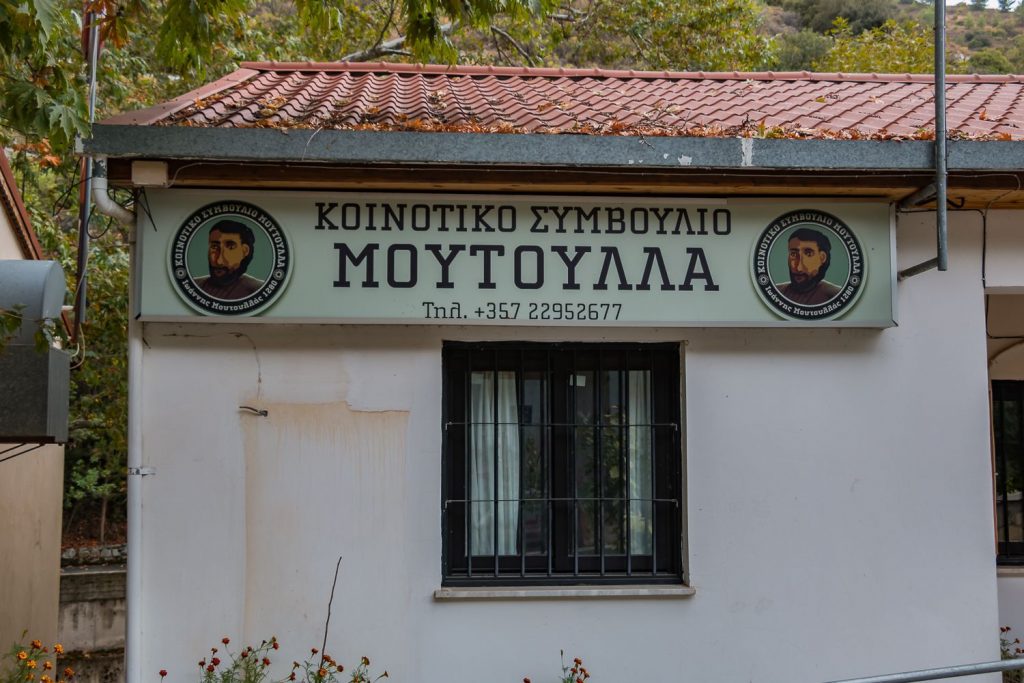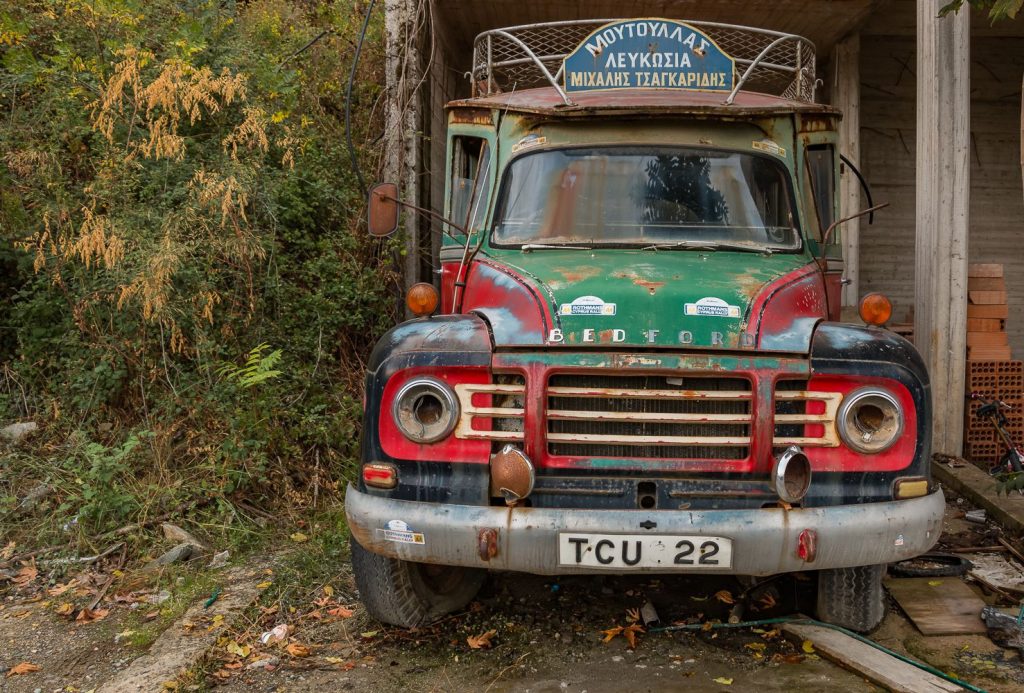Moutoullas

Moutoullas is a village in Nicosia that is situated about 80 km from the homonymous capital of Cyprus, 60 km from Limassol, 120 km from Larnaca and 85 km from Paphos.
Built at 800 meters altitude, in the heart of Marathasa, Moutoullas borderes to the north with Kalopanagiotis and to the south with Pedoula, while to the east of the settlement extends the Troodos forest. The settlement is crossed by two tributaries of the river Setrachou, creating a fertile valley around which the village houses are built amphitheatrically and surrounded by high mountains.
Moutoullas boasts a rich past and Byzantine tradition, but even the locals do not know the origins of the settlement’s name. The first mention of this particular name appears on the landmark inscription of the church of Panagia Moutoulla, which belonged to the family of Ioannis Gerakiotis or Moutoullas. Analyzing the two surnames of the owner, the scholars argue that he was probably dealing with hawks, since geraki in Greek is the hawk (in fact, during the Frankish rule, the particular occupation was common) and that he may have had an aquiline nose (as the Latin word mutulus is translated).
Historically, Moutoullas became widely known since the beginning of the last century because of the sulphurous water and the springs with sparking crystal clear drinking water, similar to Evian, Vichi and other similar sources in Europe. Actually, these sources were the subject of many trials that took place among the inhabitants of neighboring villages. The importance of the village’s springs became known when an Egyptian chemist was cured of problems he had with his kidneys and stomach by drinking the village water, and then sent samples for more detailed analysis to Paris. As a result, the village’s number of visitor increased, while several of them took it with them, filling small and large bottles. On the other hand, since 1961, bottling of the water began into glass bottles, historically the first water bottling in Cyprus. Until today, on the banks of the river Setrachou and a few hundred meters from the last houses of the village, there are four sources of sulfuric waters, also known as the “Baths of Rigena”. There, according to mythology, the ancient ruler Rigena took her bath under the Frankish rule. At the same location, until the early 1960s, the women of the area went to wash their clothes “in the chlio”, as they used to say themselves (that is, in lukewarm and sulphurous water), where they shared news of the village.
Moutoullas has many churches, most notably the small stone church of Panagia Moutoula, considered to be the most ancient of Cyprus (1280) and included in the list of the UNESCO World Heritage Site. The main church of the village is dedicated to Agia Paraskevi and was built over an older temple, as well as the church of Metamorphosis Sotiros, the wooded church of Agios Mamas and the small chapel of Prophet Elias with the panoramic view of the settlement .
The drinking fountain downstream, from where Moutoula’s famous drinking water comes from is probably the most famous site in the area. The village was visited in the past by the Cypriot poet Kostas Montis (hence his monument in the settlement), where he was inspired to write an erotic poem, which was the cause for building the “bridge of lovers” for the visitors of the area who want to give promises of eternal love.
Moreover, in Moutoulla you can walk along the Nature Trail “the baths of Rigena and Chlio”, with a unique natural environment, with the rocks hanging almost above the dirt road, the golden oaks spreading their leaves to offer shade to passers-by, and a waterfall to impress even the most demanding traveler.
Today, Moutoullas counts about 100 permanent residents, most of whom cultivate fruit trees. but during the summer months and the holidays, many people gather here and the community is coming to life. There, the tourist can enjoy authentic dishes of Marathas, visit the historic cafeteria of the community, and also stay in one of the rooms or villas offered for rent.

